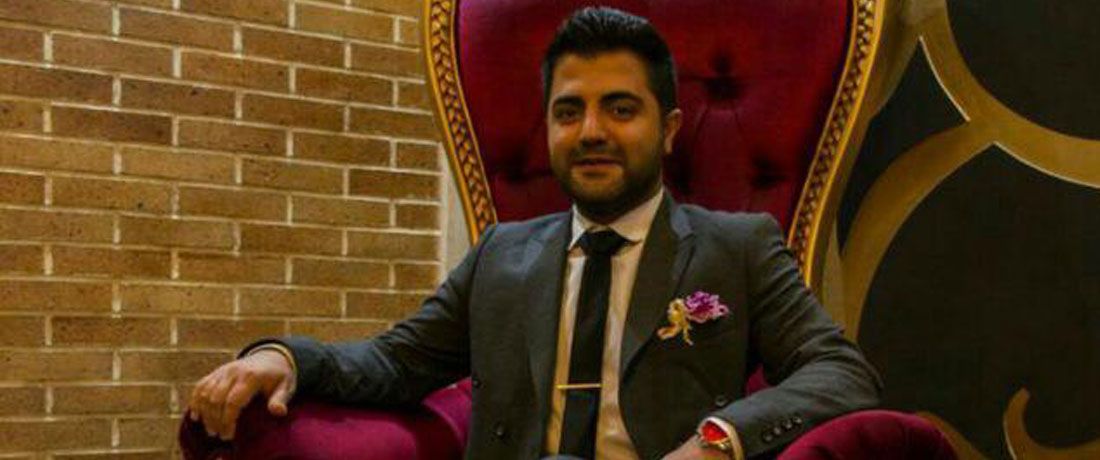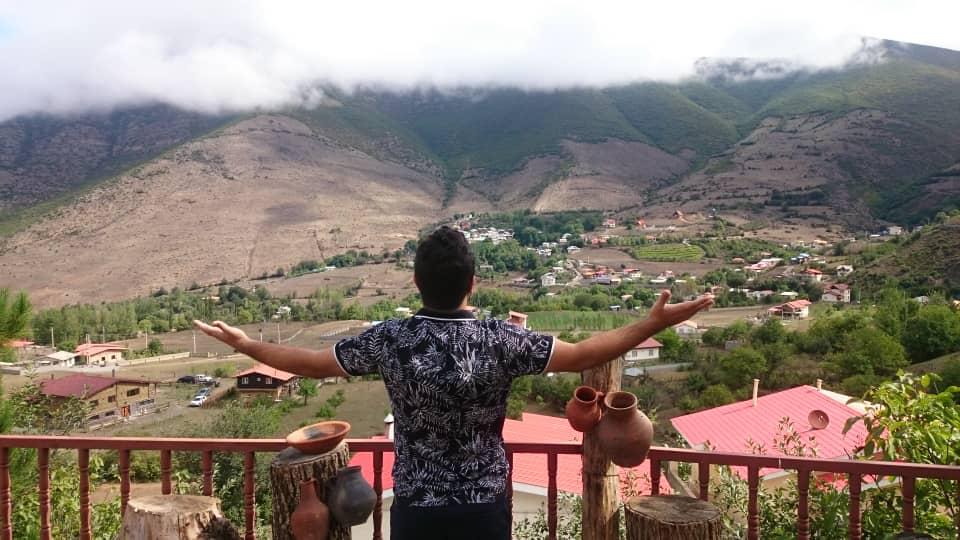Ra’oof Fallah, September 2018

Something basic happens in Ms. Messchian’s works that influences all our direct perception to manifest meaning in our mind, which is the dignity of artist’s attendance alongside an artistic image.
In pastel art, photos should be taken using specific techniques to demonstrate texture, grains and refraction as they are. It is clear that works of great artists like Lautrec are shot using the power of technology and special techniques. But facing the original work is different. So, in every corner of the world, when the audience faces the work of art, they are left feeling uneasy because pastel work being systematic and concealment of pollen and powders make this painting's interactions unique and mysterious.
In a comparison between artistic events and life events, pastel works of art could be compared with cave paintings made by early humans. This comparison can earnestly be interpreted. We cannot compare this style and its instrumental use with any other kind of art. Pastel works live like humans and one day, they might die and disappear forever, like a painting on a rock that rain and hail shorten its life span. Like a painting in a cave that humidity has targeted its life. Both paintings are made with great hardship.
However, pastel paintings live with the help of modern facilities, but rock paintings are damaged and they never get dried like pastel paintings.
Perhaps, technology is cautious in moving these works of art.
The artist’s soul in both paintings is replete with specific ideas and reassurance. Obsession and projection are replaced with confidence. Visiting Ms. Meschiyan’s works, you feel trust, mysticism and sort of restoration in an age of acrylic paints, printing techniques and abstract works. In today’s world of technology, communications and computers, they have changed everything like their taste.
Our narrative on pastel art might not be right until we encounter such a dusty art and investigate powders, particles and coarse grains. Pastel works by Ms. Meschiyan provides us with the opportunity to first think about the eternity of creation which creates a new angle at the same time as beauty and philosophy.
Ms. Meschiyan’s works point to the solitude of contemporary human according to the Indian Tagore’s view. Waves hit the beach, break and return. But they have lived and they highlight their presence by leaving traces on the rocks, the beach and the crabs. So, why humans decided to paint an event before their short lives ends? While they knew that there is no secure place for their creation?
Extraordinary pastel traces on canvas and works of this oriental girl which are unique to her specific style are undoubtedly synonymous with Rumi's poetry as he says, “As you open every particle’s heart, you see the sun hidden inside.” Bear in mind that every particle on canvas or cardboard is spherical like the earth and we must remember that these spheres won’t stay forever on the work.
Ra’oof Fallah, September 2018
The basic concept of aesthetics and composition, and even the achievement of spiritual experiences and color characteristics in the works by Saloomeh Messchian could be decoded by citing and focusing on the works of the eminent philosopher, Nietzsche. In today's turbulent and even daunting world, where art work could not be created except in peace and complete security, this oriental girl opens a mysterious and strange path to the audience using Chalk Pastel and the mental integration of ancient philosophy of music. It repels anxiety with the authoritative principles of classical art. Without relying on humble elements of modern art, with right standards with some points in them, it is prepared to influence our soul. Music could distract us from pains, so Saloomeh seeks to portray the instruments of distraction with remarkable precision and elegance. Perhaps we are all accustomed to the muffled rusty sound of laziness, confusion and frustration bells in the contemporary world. She tries to show us a way to run away from the habit of suffering as Nietzsche warned contemporary man not to be modern and rude and rash! Ancient and local music are shortcuts to talking to our ancestors and as the artist tries to portray the instruments of this style of music with the harmony of warm colors, she is actually giving us the address to a warm and safe home, which is pleasant like the arms of our close relatives. In an absurd age contaminated with offensive achievements and unreasonable bloodshed, this visual style and its way of implementation is admirable. These beautiful pictures could lie next to a fireplace full of flames or in a distant room of a cottage in the Caucasus Mountains, along with a family headed for the morning with their cups of bitter coffee.
Ra’oof Fallah, July 2019



